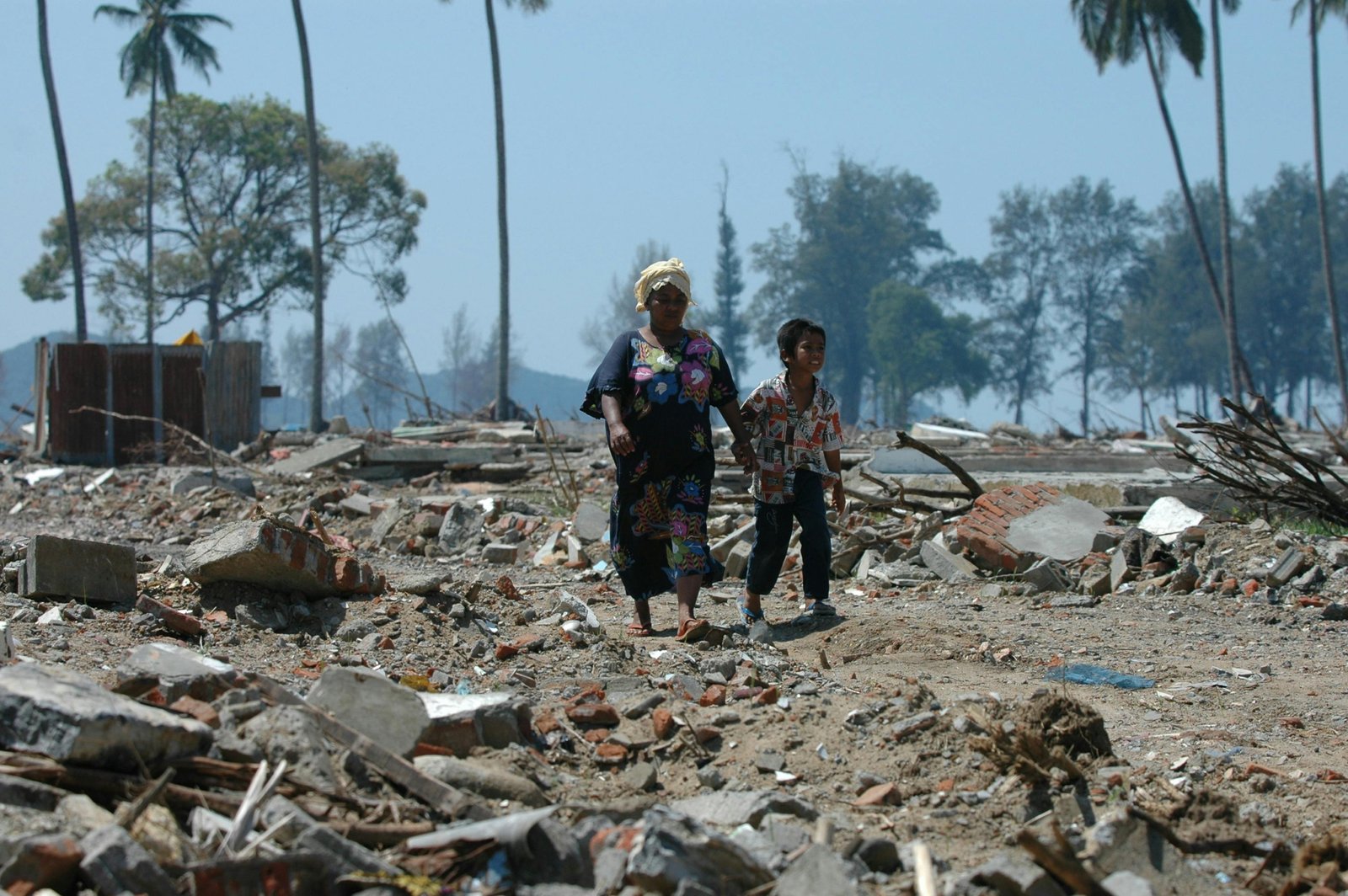How Far Can a Tsunami Travel? A Guide to Understanding Their Reach
Understanding how far can a tsunami travel is crucial for anyone living in or visiting coastal regions. These powerful waves are not limited to the shoreline; in fact, their reach is vast, both across entire oceans and deep inland. The distance a tsunami covers depends on several complex factors.
What Factors Influence a Tsunami’s Travel Distance?
A tsunami’s journey is not random. Instead, specific variables dictate its speed, power, and ultimate reach. Consequently, understanding these elements helps predict their potential impact.
The Power of the Initial Event
First, the source of the tsunami matters immensely. A massive undersea earthquake, for example, will generate a far more powerful and widespread tsunami than a smaller coastal landslide. The energy released at the start is the primary engine for its entire journey.
Ocean Depth and Topography
In the deep, open ocean, tsunami waves travel incredibly fast, often at speeds comparable to a jetliner. However, as the wave approaches shallower water near a coast, it slows down. This deceleration causes the water to pile up, thus increasing the wave’s height dramatically.
Coastal Geography
Finally, the shape of the coastline plays a critical role. A steep cliff might stop a wave almost immediately. In contrast, low-lying plains, bays, and river estuaries can funnel the water and allow it to penetrate much farther inland.
Across the Ocean: A Tsunami’s Global Journey
A major tsunami can travel across an entire ocean basin without losing much energy. For instance, the 2004 Indian Ocean tsunami caused devastation thousands of miles from its epicenter. Similarly, a tsunami generated off the coast of Chile can travel all the way to Japan. Therefore, an event on one side of the world can become a threat on the other side just hours later.
Inland Surge: How Far Can a Tsunami Travel on Land?
When people ask this question, they often mean the inundation distance—how far the water moves over land. This distance varies significantly. In some cases, it might only be a few hundred feet. However, in extreme events, a tsunami can surge several miles (or kilometers) inland.
For example, the 2011 tsunami in Japan traveled up to 6 miles (10 km) inland in some areas, like the Sendai Plain. The distance depends heavily on:
- The wave’s height at the coast: A taller wave naturally has more power to push inland.
- The slope of the land: Flat terrain offers little resistance, allowing water to flow for miles.
- The presence of natural channels: Rivers and streams can act like highways, carrying tsunami waters far from the coast.
- Man-made and natural barriers: Seawalls can offer some protection, while dense forests can help slow the water’s advance.
Key Takeaways for Tsunami Safety
Given how far a tsunami can travel, awareness and preparation are essential for safety. If you are in a coastal area, always remember these key points:
- Heed official warnings: If a tsunami warning is issued, move to higher ground immediately.
- Recognize natural signs: A strong earthquake that makes it hard to stand or a sudden, unusual rise or fall in sea level are nature’s warnings.
- Move inland and uphill: Your goal should be to get as high and as far inland as possible. Do not wait to see the wave.
- Stay informed: Follow updates from local authorities until they declare the area safe.
In conclusion, a tsunami’s ability to travel is immense. It can cross oceans and push miles inland, reshaping landscapes and communities. Because of this, respecting their power and knowing how to react is the best defense.



